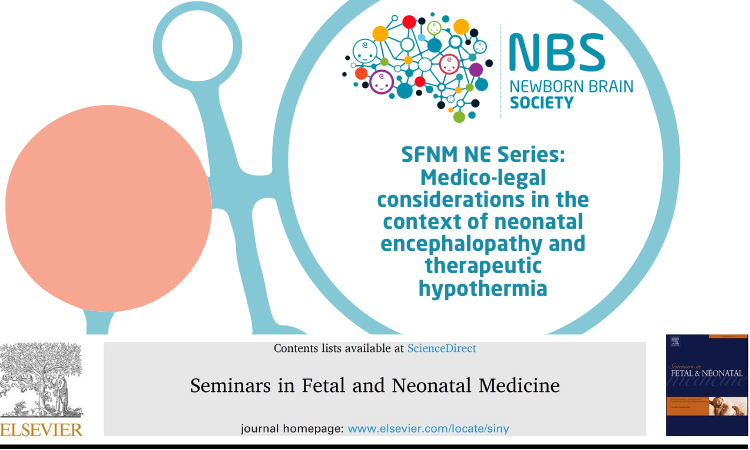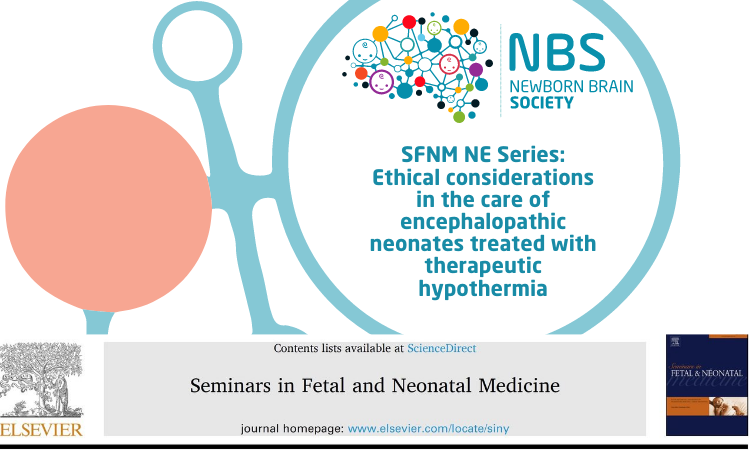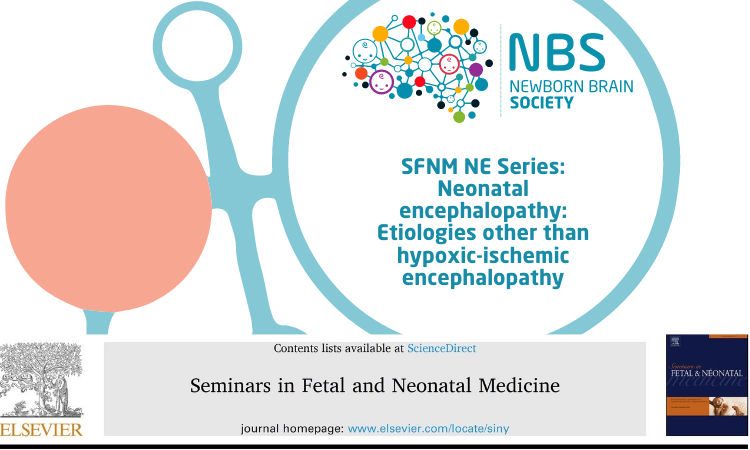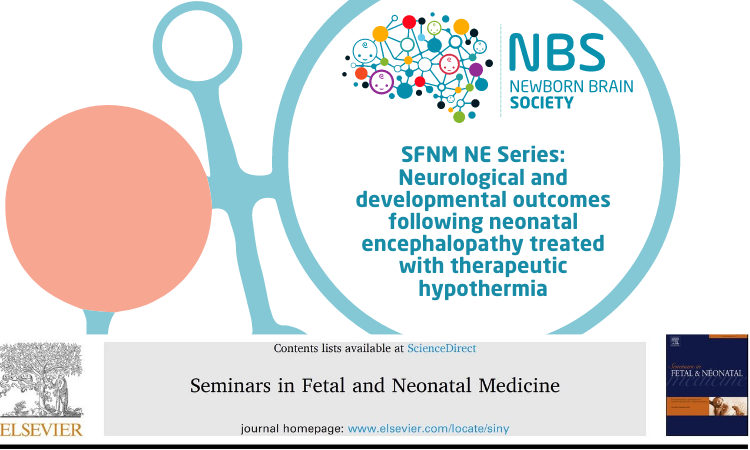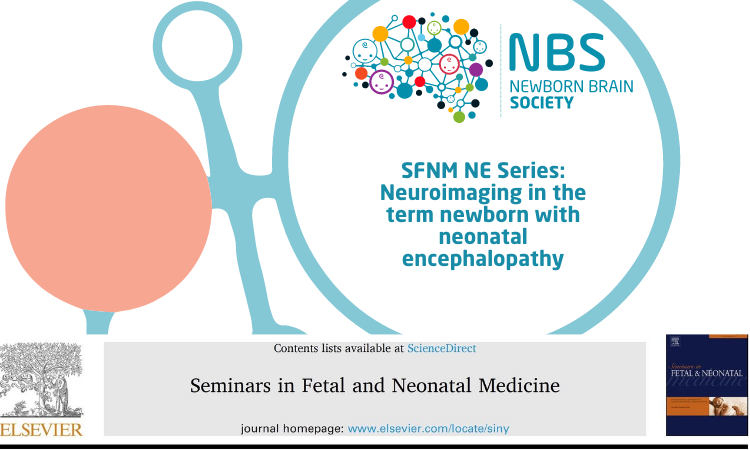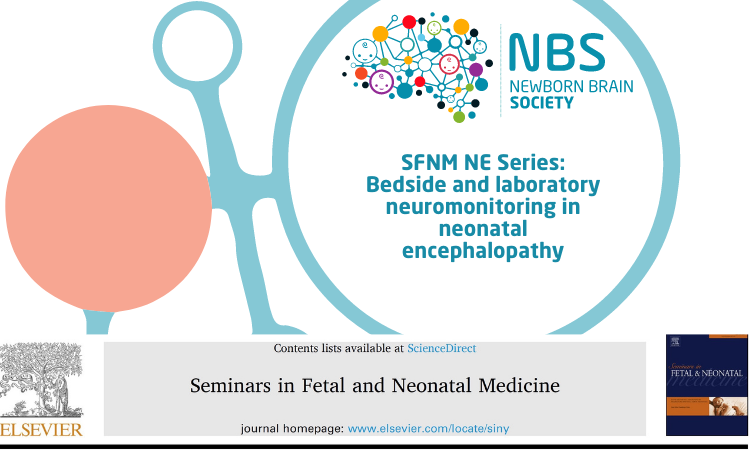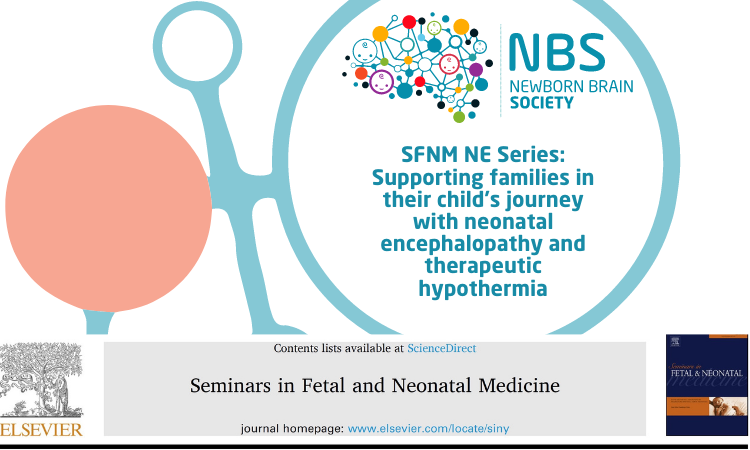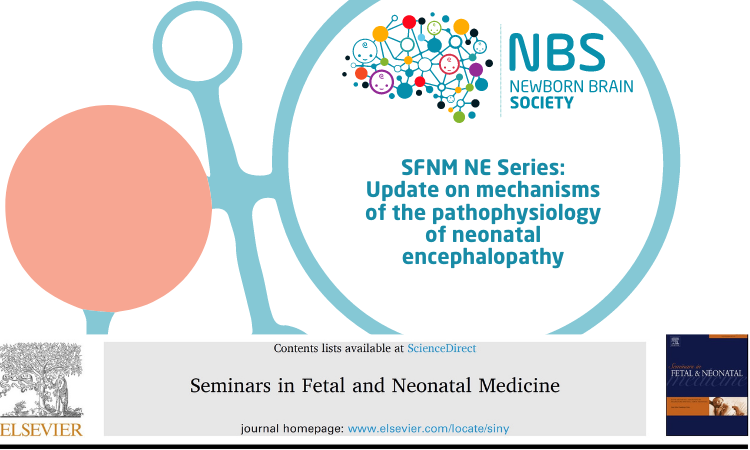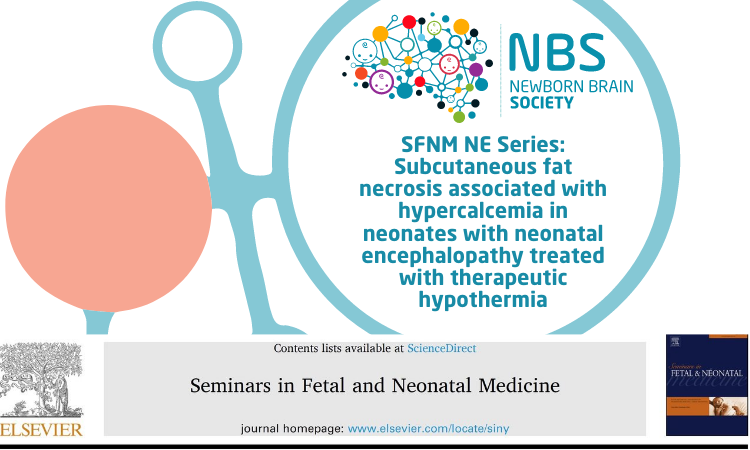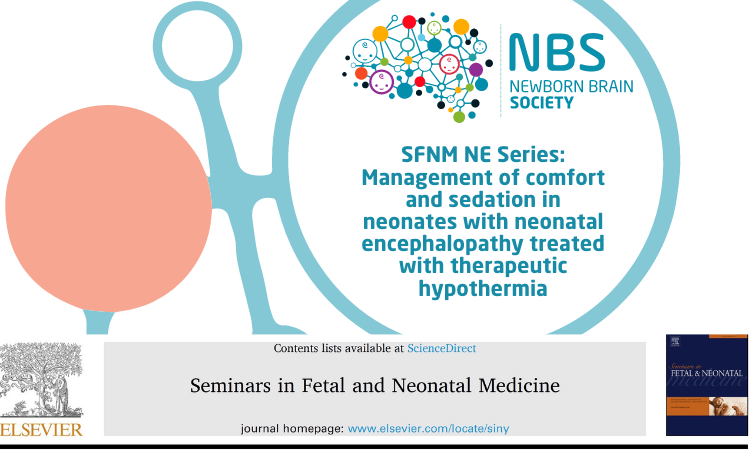SFNM NE Series: Medico-legal considerations in the context of neonatal encephalopathy and therapeutic hypothermia
Practice Points: Therapeutic hypothermia has become a standard care for treating qualifying neonates with neonatal encephalopathy. Criteria for cooling generally include evidence of an intrapartum sentinel event, significant metabolic acidosis on an umbilical cord or immediate neonatal blood gas specimen, and evidence of neonatal encephalopathy. They should meet the criteria from published clinical trials. Clinicians …

